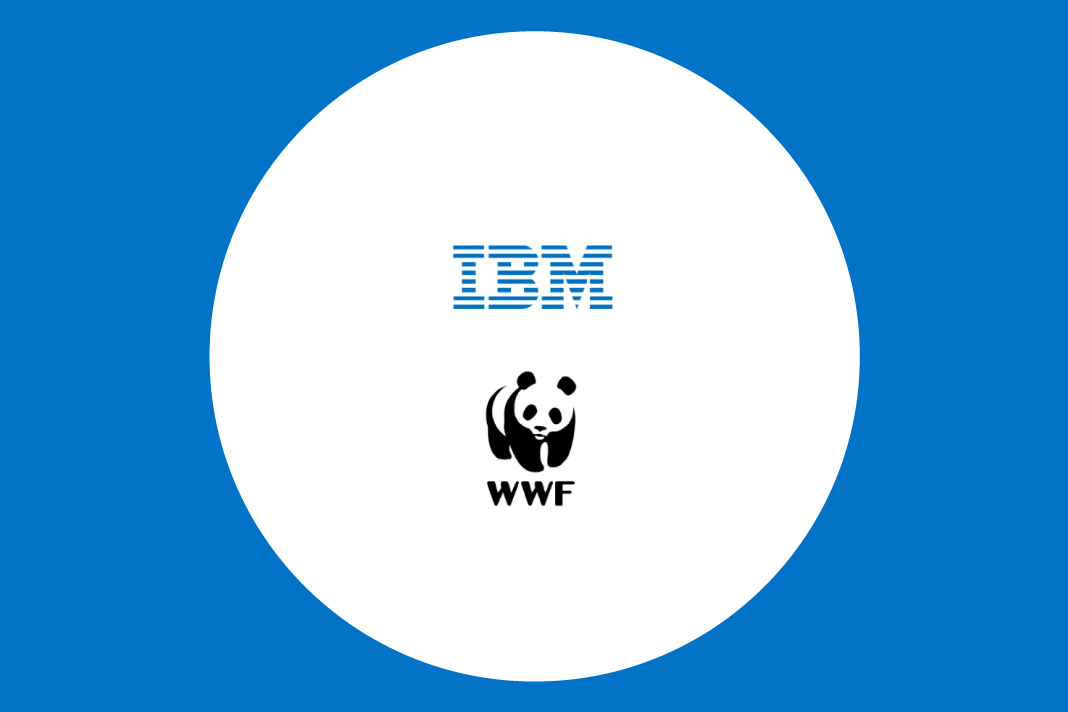IBM and WWF are collaborating to develop an AI-powered solution to track and protect African forest elephants, which will contribute to carbon sequestration and nature conservation.
Today, IBM and the World Wide Fund For Nature – Germany (WWF) announced they will work together to explore developing a new solution to support monitoring keystone species, starting with the critically endangered African forest elephant.
Combining IBM’s expertise in sustainability and technology with WWF’s extensive experience in wildlife conservation, the new solution will utilize AI-powered visual inspection to enhance elephant tracking. It will support the accurate identification of individual elephants from camera trap photos. This solution aims to help support key conservation efforts of African forest elephants, which have been shown to increase carbon storage in their forest habitats.
In the future, organizations may also use this technology to assess the financial value of nature’s contributions to people (NCP) provided by African forest elephants, such as carbon sequestration ‘services,’ recognizing their important role in maintaining healthy ecosystems.
The African forest elephant population has decreased by over 80% in recent years due to habitat loss and poaching in the Congo Basin. As businesses work to address climate change, supporting nature restoration can play a critical role in reducing carbon emissions in the atmosphere.
Also Read: 6 Hot Cybersecurity Trends—and 2 That Are Cooling Down
By harnessing technology’s power to track and value natural capital, organizations can unlock new opportunities to support climate change mitigation efforts while identifying new sustainable finance investments.
“At IBM, we strive to make a lasting, positive impact on the world in business, our environment, and the communities in which we work and live. Our collaboration with WWF marks a significant step forward in this effort. By combining our expertise in technology and sustainability with WWF’s conservation expertise, we aim to leverage the power of technology to create a more sustainable future.” – Oday Abbosh, Global Sustainability Services Leader, IBM Consulting.
As part of this collaboration, IBM Consulting worked with WWF to explore opportunities for innovation, aligning WWF’s conservation initiatives with IBM’s sustainability and technology expertise. IBM’s software, IBM Maximo Visual Inspection (MVI), will be used in this collaboration. The solution uses MVI’s AI-powered visual inspection and modeling capabilities to analyze images from camera traps and film to identify individual African forest elephants more accurately. Currently, the use case focuses on head and tusk-related image recognition, similar to a human fingerprint.
“Our technology will play a crucial role in streamlining the process of identifying and accounting for the individual elephants. This is an exciting new use of IBM software. Combined with our consulting services and WWF’s deep knowledge of the natural world, can help create new ways to accelerate organizations’ sustainability efforts.” – Kendra Dekeyrel, VP of ESG and Asset Management at IBM.
In addition, the two organizations aim to leverage IBM Environmental Intelligence to detect above-ground biomass and vegetation levels in specific areas where the elephants are present. This will enable more accurate predictions of the elephants’ future locations to better quantify their NCP services. Ultimately, this will help quantify and tokenize the value of carbon services the African forest elephant provides, providing organizations with insights they can use to further drive sustainability efforts.
Harnessing the power of natural capital for sustainability
IBM and WWF are committed to exploring innovative products and services to help organizations harness natural capital to accelerate their sustainability progress.
Natural capital refers to the world’s stocks of natural assets, including geology, soil, air, water, and all wildlife. These natural assets provide various ecosystem services and NCP, which are the direct and indirect ways nature contributes to human well-being.
For instance, a single African forest elephant roaming freely in its natural habitat can increase the forest’s net carbon capture capacity by almost 250 acres. This is equivalent to removing a year’s emissions from 2,047 cars from the atmosphere. According to the International Monetary Fund (IMF), this can translate into a dollar value of up to $1.75 million per elephant, considering the carbon sequestration and other ecosystem services it provides.
Also Read: LLMs vs. Traditional ML: Finding the Right Fit
“Counting African forest elephants is both difficult and costly. The logistics are complex, and the population numbers are not precise. Being able to identify individual elephants from camera trap images with the help of AI has the potential to be a game-changer. With AI, we can monitor individual animals in space and time, giving us more robust and detailed population estimates and allowing for performance-based conservation payments, such as wildlife credits. The spatial data will also show us where these elephants choose to move – thus enabling us to protect these wildlife corridors.” – Dr. Thomas Breuer, WWF Germany – African Forest Elephant Coordinator.



